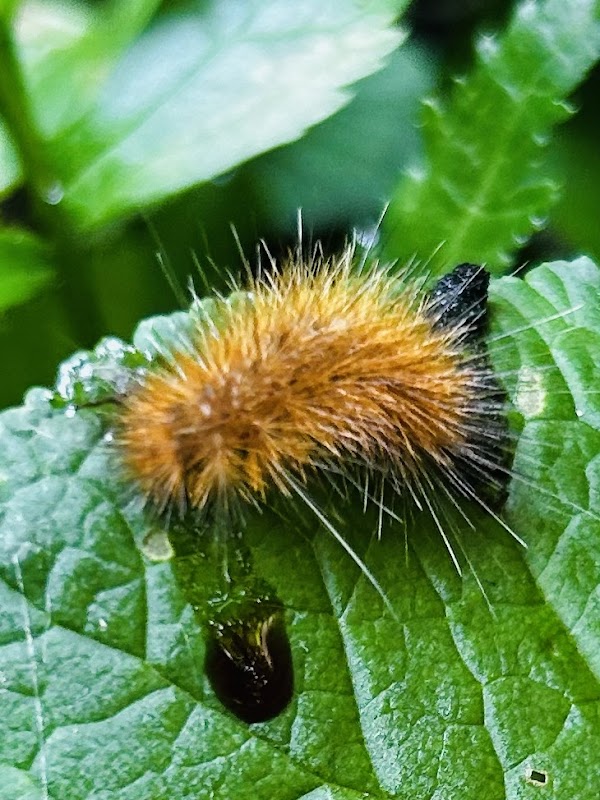
Twin Creek MetroPark
Twin Creek MetroPark offers a diverse mix of outdoor recreation featuring extensive trails, woodlands, and waterways in Montgomery and Warren counties, ideal for hiking, fishing, and wildlife observation.
About Twin Creek MetroPark

Twin Creek MetroPark is a prominent natural preserve located along Twin Creek, spanning parts of Montgomery and Warren counties in southwestern Ohio. The park covers diverse terrain including expansive forests, wetlands, and open meadows, shaped by the winding waterways of Twin Creek and the Great Miami River Tributaries. Ecologically, the park hosts a variety of flora and fauna typical of the Eastern Woodlands including mature hardwood stands, migratory birds, white-tail deer, and various waterfowl, providing ample wildlife viewing opportunities. Historically, the land has seen a transition from agricultural use to protected greenspace under the regional park system, emphasizing natural restoration and conservation. For visitors, Twin Creek MetroPark offers nearly 12 miles of multi-use trails suited for hiking, biking, and horseback riding. The park also includes fishing spots along the creek, picnic areas, and scenic overlooks where visitors can appreciate views of riparian ecosystems. Educational signage and occasional organized programs highlight environmental stewardship efforts and local history. Its accessibility from nearby Dayton and neighboring communities adds to the park's appeal as a convenient outdoor destination. The combination of water features and forested lands creates varied habitats and seasonal colors, enriching the outdoor experience year-round. The park's quiet and diverse landscape attracts photographers and nature enthusiasts alike, while its trail system serves a variety of recreational users.
Highlights
Twins Creek multi-use trail system offering forest and creek views
Rich riparian ecosystem supporting seasonal wildlife viewing
Designated fishing areas along Twin Creek
Historical remnants of agricultural and mill sites along creek corridors
Notable Natural Features
Twin Creek Trail
A multi-use trail following Twin Creek offering scenic views of the water and adjoining forest.
Riparian Habitat Zones
Protected wetland and creekbank areas providing critical habitat for migratory birds and aquatic species.
Historic Mill Sites
Remnants of early settler mills that once operated along Twin Creek, visible along some trail segments.